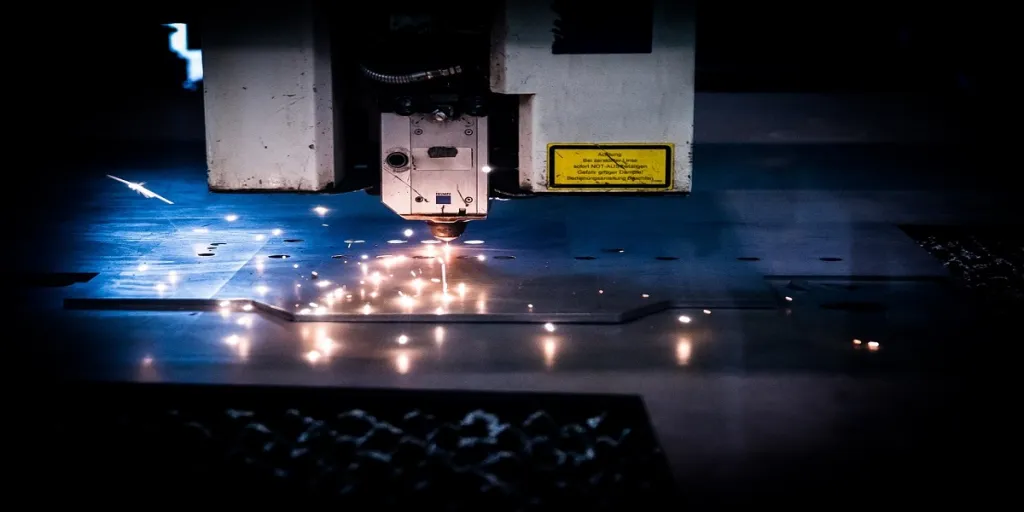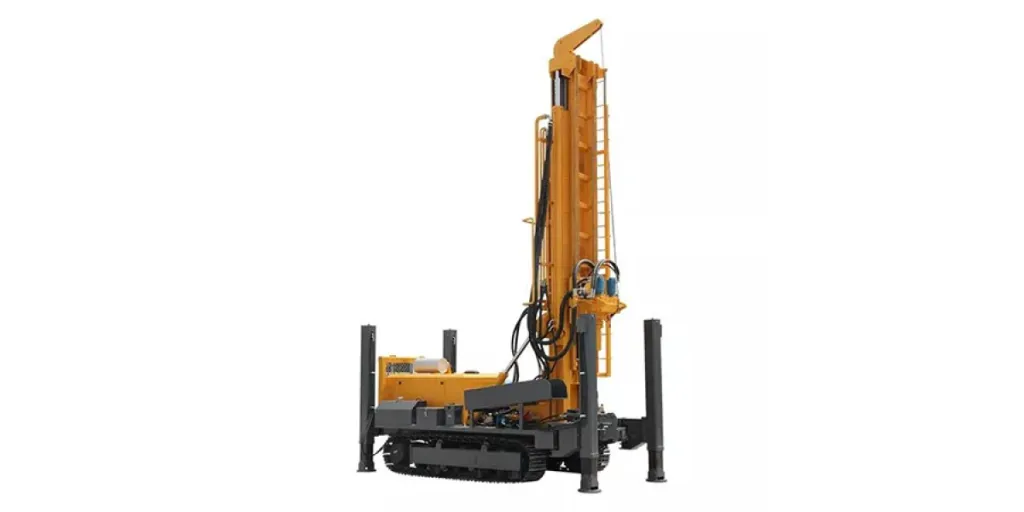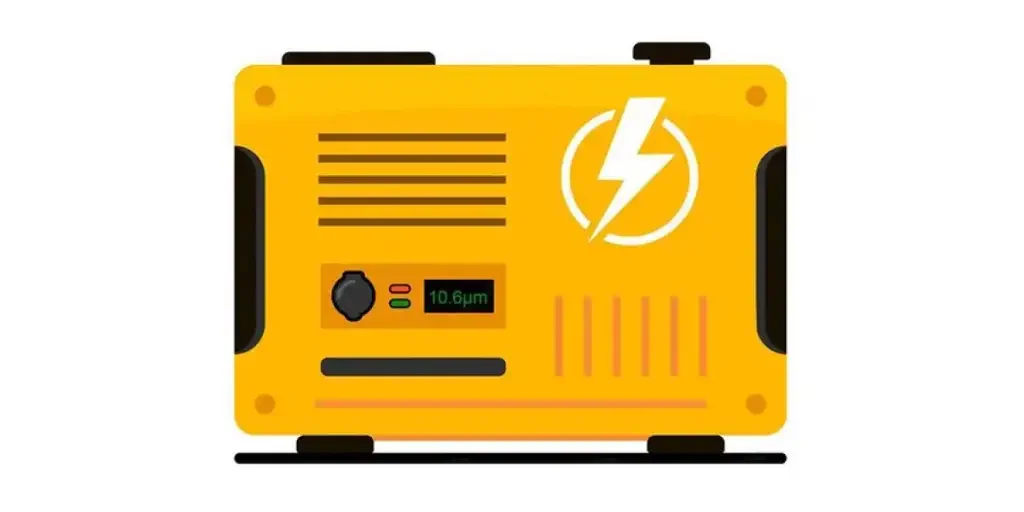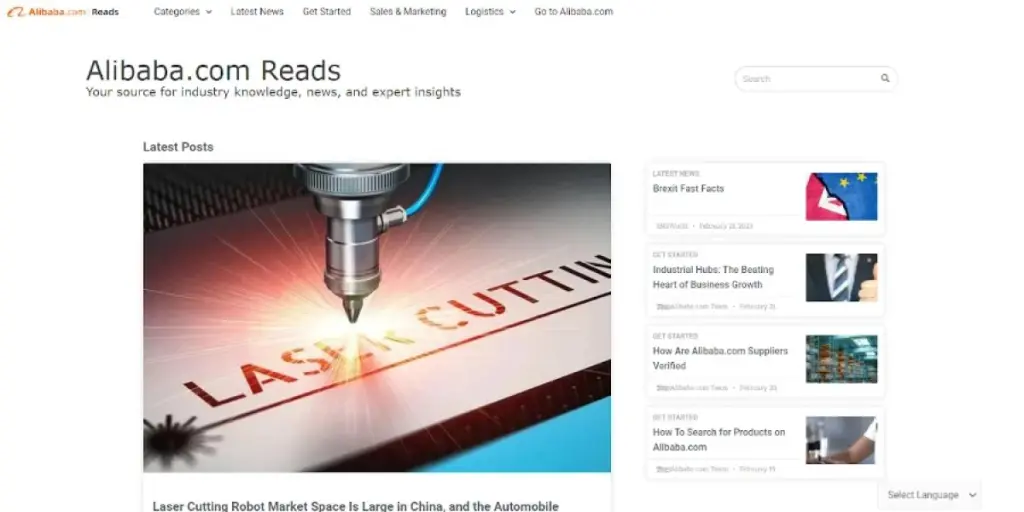As laser applications in the automotive industry have grown drastically over the years this technology now plays a key role in the making of automotive parts. Although laser welding and cutting used to be the primary uses, engraving, labeling, and marking now account for a sizable portion of all laser applications. This article provides a comprehensive understanding of the implications of lasers in manufacturing.
Table of Contents
The laser processing market
The prevalence of lasers in automotive manufacturing
Future of lasers in automobile manufacturing
The laser processing market
The laser market was worth USD 17.48 billion in 2021 and is expected to grow at a CAGR of 9.1% to reach USD 38.22 billion by 2030. Lasers have gained popularity in manufacturing due to their ability to produce high-quality components with high efficiency, speed, and flexibility, thereby reducing costs.
The market for industrial lasers has grown due to increased reliance on automation for improved accuracy and productivity. The laser market is projected to expand quickly due to the growing demand for high-precision lasers for various applications.
Continue reading to learn about the benefits of laser technology, its applications, and its future in manufacturing.
The prevalence of lasers in automotive manufacturing
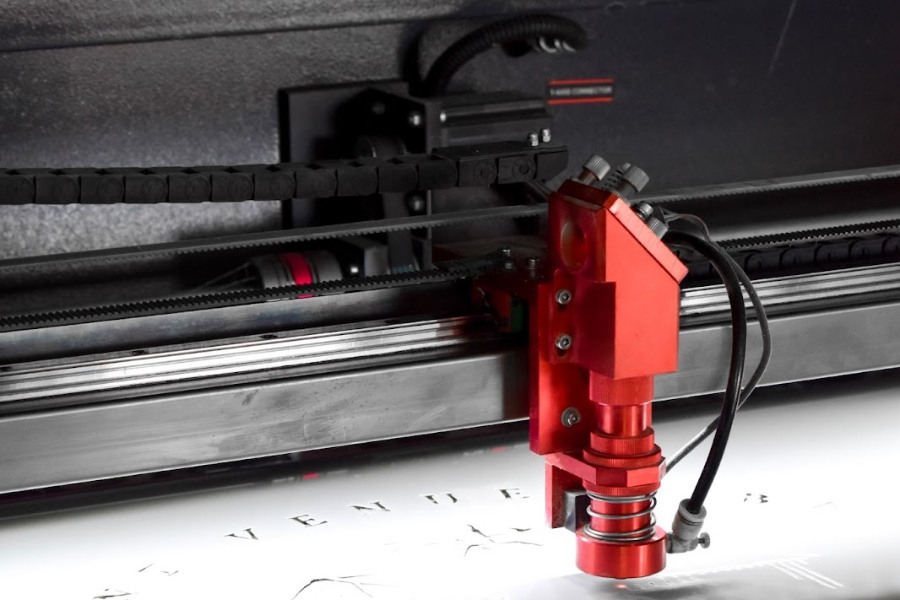
Automotive manufacturers are constantly looking for ways to streamline their processes to reduce costs and increase revenue by shortening assembly times. Most modern automotive production is automated, with robots taking over many traditional operations. Lasers are now being used in conjunction with this technology to increase productivity, among a slew of other benefits that will be covered later.
Textiles, plastics, rubber, and glass are all used in automotive manufacturing and can all be processed by a laser system. In fact, lasers are used at every stage of the car manufacturing process, both interiors, and exteriors.
In addition to being used in the mass production of vehicles, lasers are also used in high-end industries to manufacture custom cars. Here the goal is not to increase the speed of production but to improve the quality and reduce the wastage of materials.
Advantages of laser technology in the automotive industry
1. High precision rate
The latest lasers are highly precise and consistently deliver high-quality outputs. Previously, the only flaw with lasers was errors caused by part position variations, but modern lasers use vision cameras to verify positioning and reduce errors.
Laser systems can also function without cameras, relying instead on a special optical configuration to counter depth variations. Modern lasers can tolerate +/-3mm depth variations during processing, resulting in consistent quality even with significant depth variations.
2. Convenient changeovers
Although the time required for changeovers is necessary, this additional time impacts productivity. Fortunately, with lasers, system changeovers only take a few seconds. The changes can be completely automated and precise as they occur with the help of a software system.
3. High processing speed
Lasers have a high processing speed, which makes a significant difference for automakers. The processing speed can be increased in material processing applications by doubling the laser power. A 200W laser, for example, can perform twice as fast as a 100W laser.
4. Decreased waste
Lasers operate without consumables, resulting in significantly less wastage. Lasers assist manufacturers in reducing their reliance on consumables such as abrasive media, masking tape, chemicals, labels, and ink. Furthermore, lasers do not cause tooling wear, which would otherwise be a source of waste.
5. Accommodating small manufacturing spaces
The manufacturing space is expensive, and new machines typically required access to large working spaces. Luckily, advancements in laser technology now make it possible for laser machines to function efficiently in compact sizes. They are excellent for compact manufacturing lines with restricted floor space. For instance, a flatbed laser machine is only 2×4 feet tall.
6. Flexibility
Lasers are versatile and can handle various components and materials. They are used in different processes such as cleaning, drilling, welding, etching, and marking. The laser parameters can also be changed at any time, allowing it to perform multiple operations.
Because the ablation depth and surface texture can be controlled, lasers can operate on complex surfaces. This adaptability eliminates the need for multiple processing steps and machines.
Lasers can process any surface where light can travel, allowing them to process complex geometry that would otherwise be difficult with standard tools.
Applications of laser technology in the auto industry
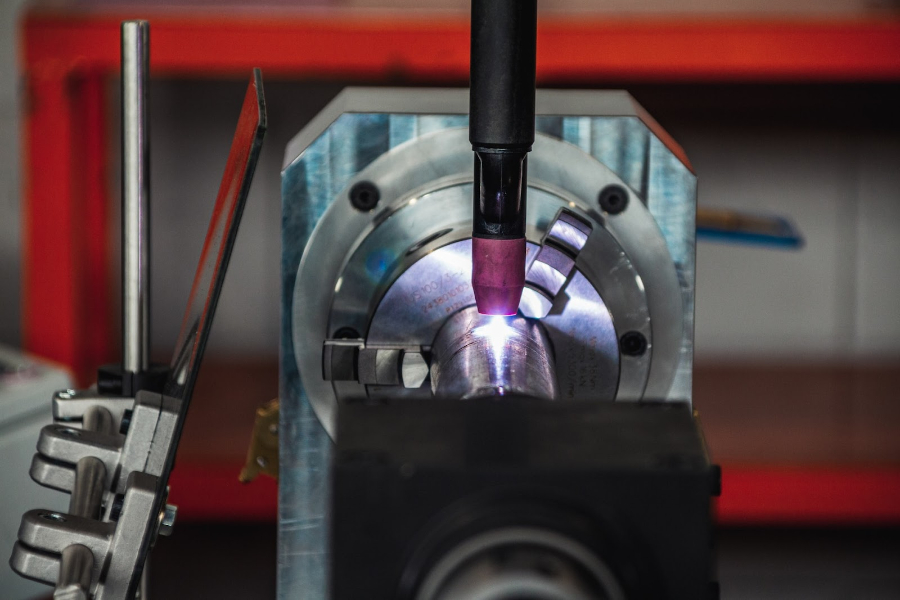
Plastic parts such as pillars, bumpers, spoilers, dashboard panels, trims, number plates, and light housings are commonly processed with lasers. These components are made from plastics such as TPO, ABS, HDPE, polycarbonate, and polypropylene.
Lasers are used to drill holes, cut materials for switches, sensors, and other components, and remove excess plastic from the injection molding process. Because many of the parts to be processed are three-dimensional, many applications work in tandem with robot systems.
Plastic laser processing is not limited to trimming and cutting; the same technology can also be used for surface modification and paint removal. This is required when fixing a component with adhesives to a painted surface because the paint must be removed or the surface roughened up for better adhesion.
Aside from plastics, lasers are used to cut other materials, such as textiles, for the interiors. The processing speed will vary depending on the type of material and its thickness, but a laser with more power will be able to cut at a faster rate.
Synthetic fabrics are cut smoothly with clean, sealed edges to ensure that the material does not stray during assembly. Artificial and natural leather can be cut for car upholstery using the same technology. Lasers are frequently used to cover the interior pillars of vehicles.
Hybrid and electric cars are rapidly taking over the automotive market, forcing manufacturers to adopt new technologies. Electric cars use copper hairpins that generate a magnetic field. These hairpins are coated with dielectric enamel, which must be partially removed before they can be welded. Lasers efficiently do this entire process.
Laser welding provides cost-effective and efficient solutions for steel-based body-in-white (BIW) joining. The laser joining stiffness increases in direct proportion to the laser weld strength. Laser weld shape optimization significantly reduces the risk of fracture.
Disk and fiber lasers
The most recent laser technology is disc and fiber lasers, which provide higher power with improved beam divergence. These laser welding systems produce lighter and better welds than conventional tools.
Furthermore, they provide complete flexibility to designers regarding weld location and geometry without sacrificing speed. They can reduce the number of required welds, improve vehicle safety, and lower manufacturing costs.
Future of lasers in automotive manufacturing
Even though fiber and disk lasers are the most recent innovation in automotive manufacturing, diode lasers will eventually replace them. Diode lasers are currently being prepared to replace other tools in brazing applications. They will make their way into auto manufacturing with the increased use of plastic materials.
However, the application of lasers in automotive manufacturing will depend on the design of the cars in the future. The use of lasers is likely to increase thanks to designs inspired by space frames. However, other technologies can make good use of materials like composites and magnesium.
